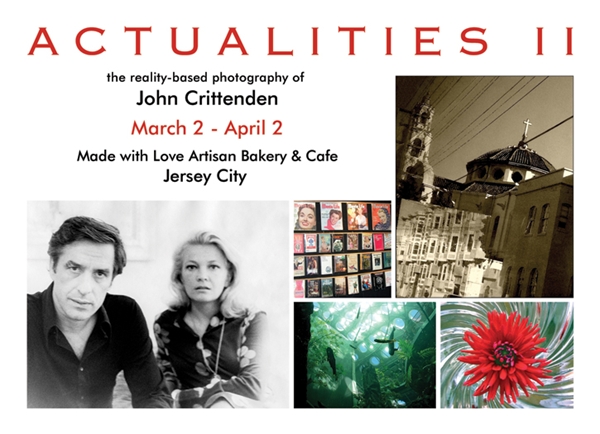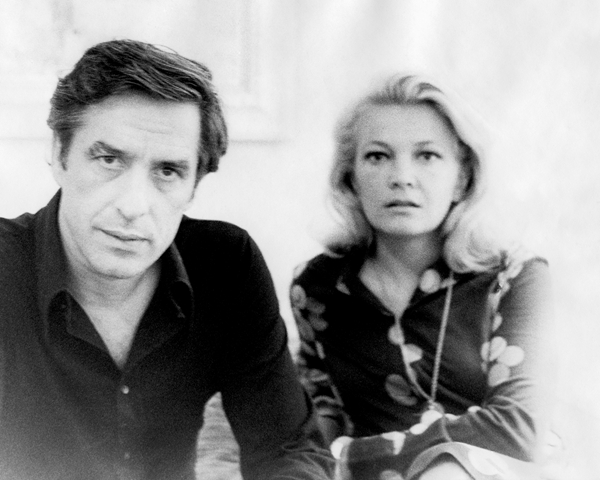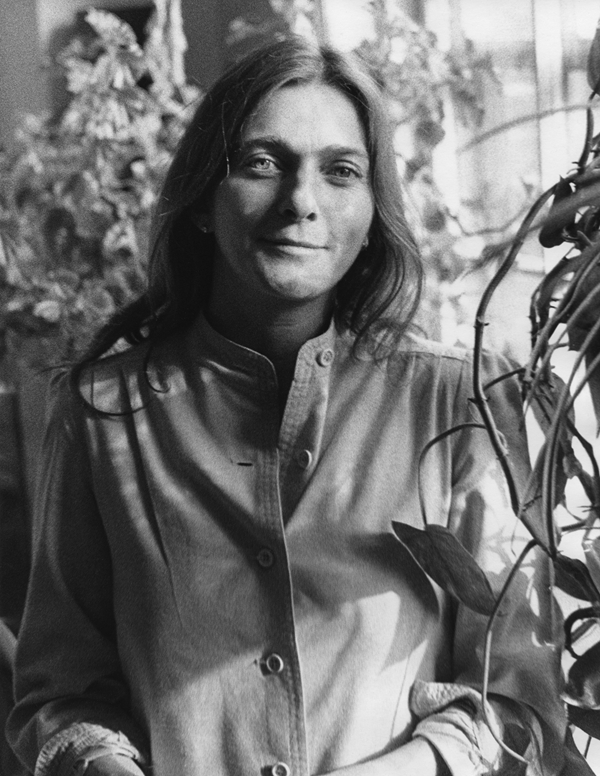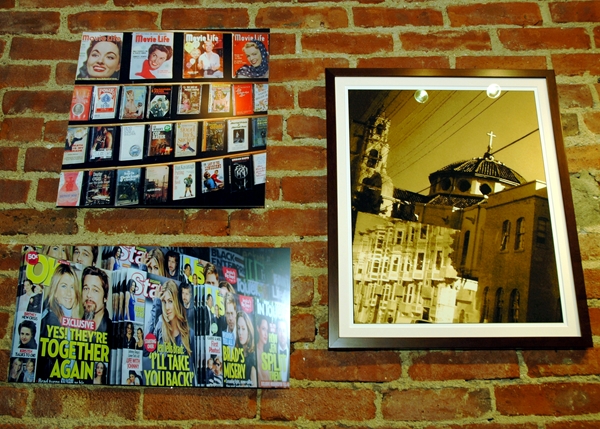Actualities II

I’m pleased to be having my second solo show, less than a year after my first, at Made With Love Artisan Bakery & Cafe in Downtown Jersey City. Included in Actualities II are my portraits of John Cassavetes and Gena Rowlands, Liv Ullmann and Judy Collins, taken in the mid-1970s when I was a young journalist.

I was lucky to secure the 9 a.m. slot to interview John Cassavetes and Gena Rowlands the morning after “A Woman Under the Influence” — many consider it to be the greatest of the films they made together — debuted at the 1974 New York Film Festival at Lincoln Center. The interview was done in their hotel suite on West 58th Street, and they were still waking up when we began. He appeared first, and soon she came into the room and he presented her to me with admiration and pride in his voice. She seemed shy, almost fragile, and was even more strikingly beautiful than when acting on screen. At the end of the interview, I pulled out my Minolta 35mm film camera and took a few pictures without missing a beat. Having chatted for the better part of an hour, they were comfortable, weren’t asked to pose, and I didn’t use a flash. There was plenty of soft incandescent in the room and morning light was coming through the curtains. And so I captured the images of the director now remembered as the father of independent film in America, as well as a fine actor, and his actress wife, who is still beautiful and still making interesting movies today.

Judy Collins welcomed me into her apartment on Manhattan’s Upper West Side to discuss a film, “Antonia: A Portrait of the Woman,” which she produced and Jill Godmilow directed. The 1974 feature documentary tells the compelling but not widely known story of Antonia Brico, who in 1938 was the first woman to conduct the New York Philharmonic.
Born in The Netherlands, Brico grew up in California and was an accomplished pianist when she left high school, and already had experience in conducting. She graduated from the University of California, Berkeley, in 1923 and in 1927 entered the Berlin State Academy of Music, becoming the first American to graduate from its master class in conducting. She debuted as a professional conductor with the Berlin Philharmonic Orchestra in 1930. In 1934, back in the States, she was appointed conductor of the new Women’s Symphony Orchestra, which in 1939 became the Brico Symphony Orchestra after it admitted men. She conducted at the New York World’s Fair. But there were discouragingly few opportunities.
In 1942, she settled in Denver, Colorado and spent the rest of her life there, founding several local musical groups, conducting the Denver Symphony Orchestra, playing a major role in the city’s cultural life. She also taught piano, and this is where Judy Collins met her. She was one of Antonia Brico’s piano students.
I think it was extraordinary that Judy Collins, whose own musical career was going full swing in 1974, invested time and money in making a film tribute to a woman who was a hero in her life and who, she felt, had not gotten the artistic recognition she deserved in a field that was, and still is, predominantly male. And Judy Collins made sure the film was done right. “Antonia: A Portrait of the Woman” was nominated for an Academy Award in the documentary category. Antonia Brico died in Denver in 1989, at age 87.
After our interview, I photographed Judy Collins among her houseplants in her south-facing living room. Our visit was a particular thrill for me, of course, for hers was and is one of the great voices of my generation, and that interview was done only seven short years after her album “Wildflowers” was on every turntable in every college dorm room in America, including my own.

These photographs were taken in San Francisco, a city I dearly love. “In the City of Saint Francis” is on the right, a sepia-toned rendition of a single image. I think it has some feeling of the movement of the bus I was on when I took the exposure. I knew we would soon pass Mission Dolores, a tiny adobe church built in 1791 and the city’s oldest surviving structure, and I wanted to ready to snap it. I was shooting wildly, wondering what images I might get, kind of priming the camera. It turned out that this was the more interesting shot, a lucky shot totally unplanned. It’s a bit off-putting in color, with a phantom red digital zipper of words running through the middle, but when I took the color out and saw it in black and white I knew I had something. The lower left section of the image is the reflection in the bus window of the line of bay-windowed apartment houses across the street. The large church building with the cross on top is the modern basilica of Mission Dolores Church. Altogether, it is a vision of the city as it has looked, in this spot, for more than a half-century.
The subject is popular media in the photos at left, which are printed on metal and “float” on the wall, their corners as sharp as any print. Artists working in all mediums are fashioning comments these days on the supposed end of the print era, and these are mine. The relatively benign movie magazines from the 1940s and ’50s and the paperbacks with eye-catching covers displayed below them in the top photo were in the window of a used book store on Post Street. The magazines in the lower photo promise us, in January 2010, the latest “misery” in the lives of Jennifer and Brad and Angelina, none of which seems to have come to anything. I guess news was slow that week, the competition as cut-throat as ever. Whether such pages will still be viewed in one’s hands in 10 years time or will only be seen on screens I do not know. But I’m sure celebrity culture will continue to serve up the same formula “inside” exclusives. Inquiring minds will always want to know.